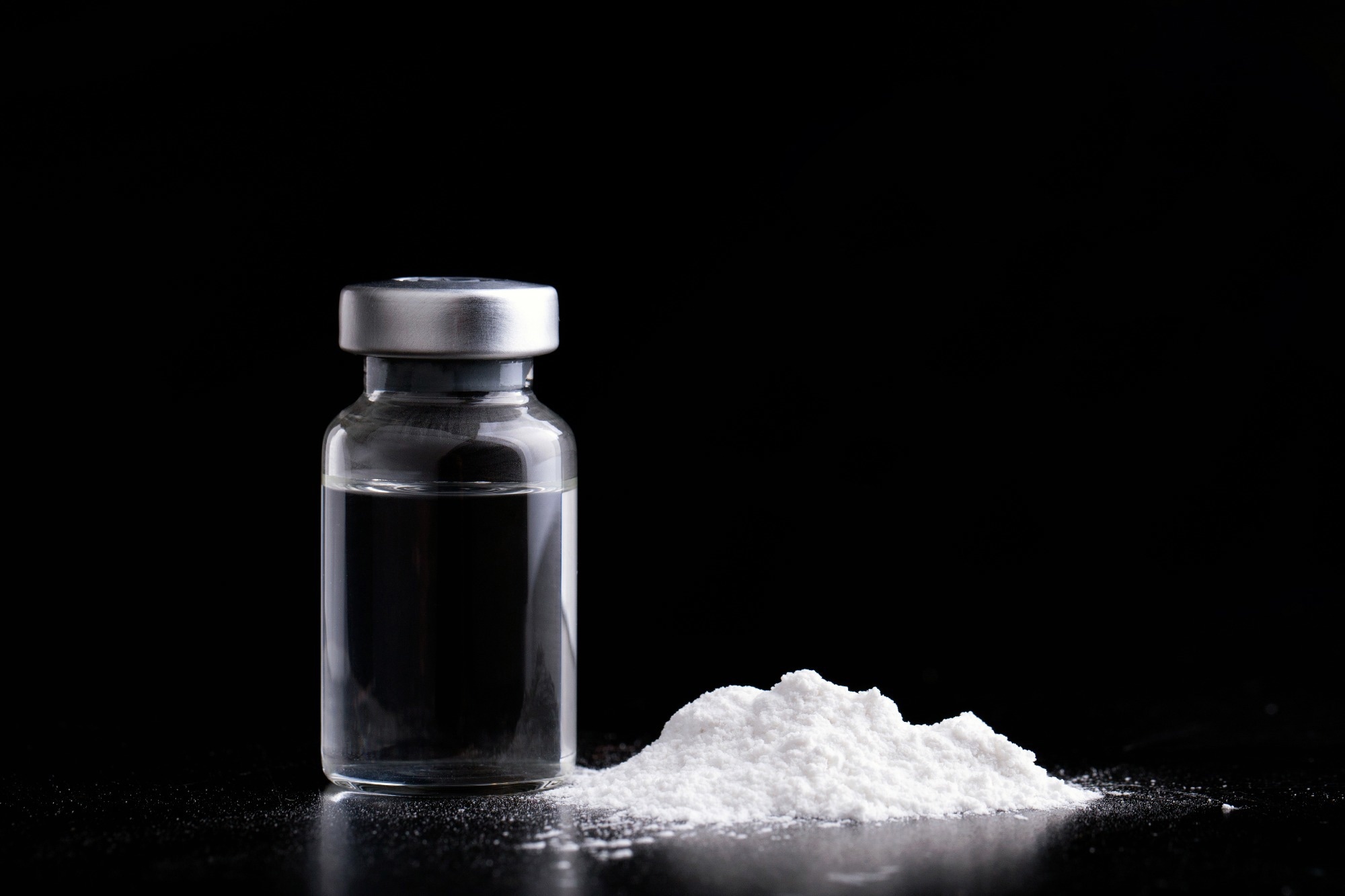Explore how the Radian ASAP mass spectrometer is being used to streamline and enhance seized drug screening.
What is the Radian ASAP, and how does it work?
Emily Lee: Radian ASAP stands for Rapid Direct Analysis with an Atmospheric Pressure Solids Analysis Probe. It’s a compact mass spectrometer designed for fast, low-cost, and simple drug screening—no chromatography required. The sample is introduced via a glass capillary into a corona discharge region, where heated nitrogen helps ionize the sample. We use full-scan single quadrupole mass spectrometry, and data is processed using LiveID software for spectral matching.

Image Credit: chayanuphol/Shutterstock.com
How does the instrument perform with complex mixtures or new synthetic compounds?
Karen Lau: That's where Radian really shines. We've analyzed complex tablet mixtures, including fentanyl, fluorofentanyl, and xylazine, all from a single scan. LiveID helps match mass spectra to known standards—even for challenging mixtures. It's especially useful for detecting emerging compounds like nitazenes or synthetic cannabinoids, where other preliminary tests may fall short.
Is it easy to build and expand the reference library for screening?
Emily Lee: Yes. Waters provides a seized drug library for download, and users can add their own compounds. It just requires converting MassLynx raw data using free software like ProteoWizard, then loading it into LiveID. There’s a step-by-step white paper that walks you through it.
Karen Lau: Our own in-house library has 196 standards, so every result is directly comparable to something we’ve run before on the same instrument.
How sensitive is the system? Have you experienced sample saturation?
Karen Lau: We’ve definitely overloaded it—especially with liquids or oils—but even in those cases, you still get usable data. A quick wipe or capillary change is usually enough to clean it. We always run a solvent blank before samples to check for carryover.
Dr. Patrick Sears: In explosives research, we’ve detected materials like TNT at femtogram levels, even using transfer methods like surface swabs. The sensitivity is surprisingly high given how compact and user-friendly the instrument is.
Can the Radian ASAP be used outside forensic drugs, like in education or food analysis?
Dr. Patrick Sears: Absolutely. We’ve used it for food fraud detection (like meat authentication), teaching undergraduate students, and even environmental contaminants like pesticides. Its ease of use makes it great for students and non-experts, too.
What’s the hands-on time like for high-volume casework?
Karen Lau: It’s very efficient. Running a blank and a sample takes just a few minutes. For hypergeometric cases where we screen multiple samples, we spend about two hours total, but the quality of data makes it worthwhile. We've used Radian in almost 3000 samples last year alone.
What are some real-world challenges you've encountered, and how does Radian help?
Karen Lau: We’ve dealt with tablets containing light stabilizers like BTMPS, which can mask active drugs in traditional tests. With Radian, we can still detect fentanyl and its analogs even at low concentrations. It’s also helped identify counterfeit benzos and even differentiate isomers like ethylone versus methyl ethylone.
What kind of sample preparation is required?
Emily Lee: Very minimal. Typically, we dissolve the sample in methanol and dip a glass capillary for a few seconds. Data acquisition starts automatically once it’s inserted into the source.
Karen Lau: We do additional prep for complex matrices like chocolate (psilocybin edibles) using acid and non-acid extractions, especially to differentiate between psilocybin and its acetylated form.
What are the limitations users should be aware of?
Karen Lau: The lack of chromatographic separation means highly concentrated components can mask others. It’s not ideal for distinguishing all isomers like fluorofentanyl or methylfentanyl, but it’s still incredibly valuable as a preliminary screening tool.
What’s the maintenance like?
Emily Lee: It’s very low maintenance. We use a "bakeout" feature to clean the capillary, and we rarely need to open the instrument.
Dr. Patrick Sears: We occasionally wipe down the source enclosure, especially when students use it. However, performance has remained stable without daily upkeep.
Watch the Full Webinar
About Waters Corporation - Forensics
Address the constantly evolving challenges faced by forensic and toxicology labs with Waters LC-MS systems and informatics, proven LC-MS solutions that deliver data you can trust in forensic labs.
You have a challenging job to do, whether that’s identifying seized drugs or new psychoactive substances, presenting reliable forensic data in court, monitoring illicit drug use, or analyzing prohibited substances in a sports doping investigation.
With Waters as your partner, you’re never alone in overcoming those challenges. Get the critical data you need with our powerful forensic solutions portfolio, including industry-leading liquid chromatography, mass spectrometry, informatics, chemistries, and comprehensive support. At Waters, we’re committed to advancing science in partnership with our customers, and we love to prove it.
For forensic toxicology use only.